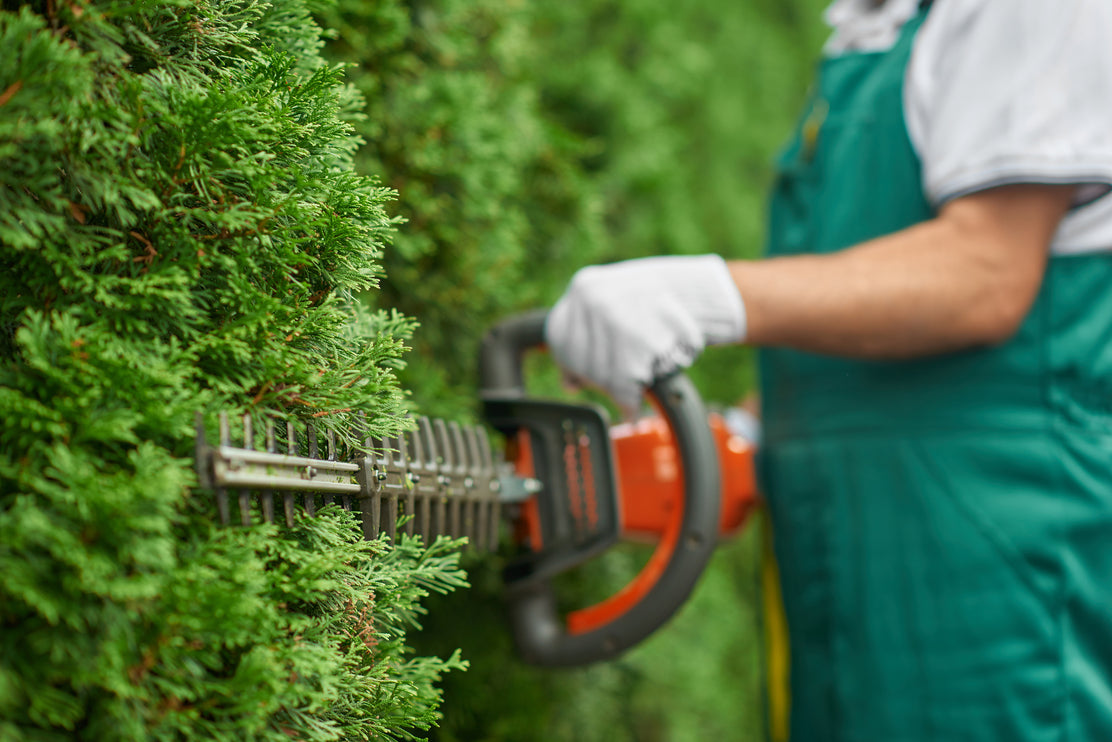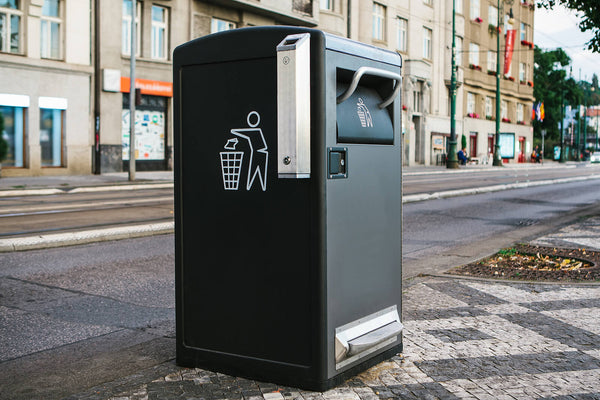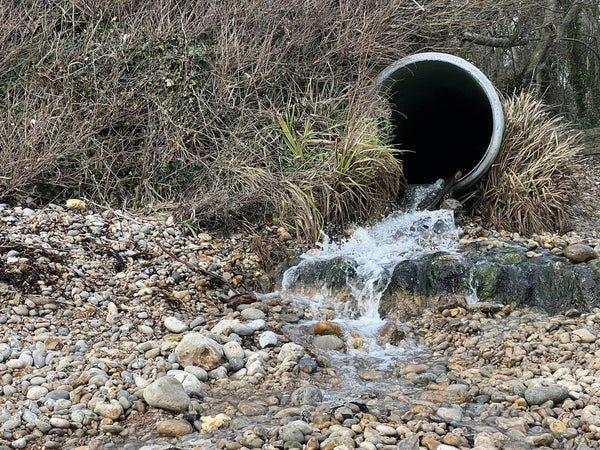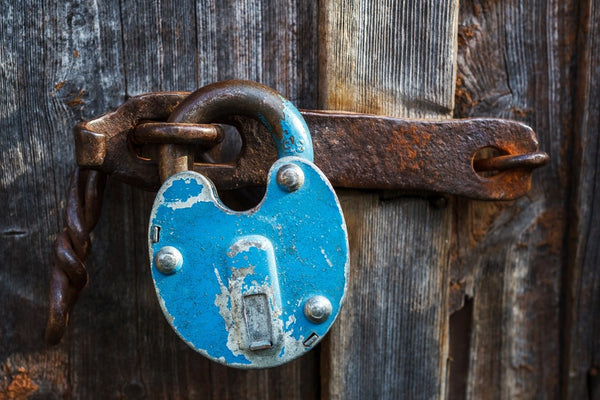With the beautiful balmy weather in full swing, many of us are regularly in the garden again. By that, we don’t just mean sipping a G&T while getting your share of the sun — we’re talking about caring for your garden.
Whether that’s weed removal, watering plants, sowing vegetable seeds, lawn mowing, starting a compost heap, or maintaining borders, you’ll inevitably create garden waste.
Once spring and summer have bid farewell, you must still be prepared for the autumnal leaf drop. Even though we spend more time in our gardens during the warmest seasons, garden waste is produced throughout the year.
If you don’t have a garden waste bin, getting rid of your garden waste can become problematic, especially if you have nowhere to store it. Trust us — the grass is greener on the other side. So, let’s see why investing in a garden waste bin is wise.
What bin does garden waste go in?
Garden waste bins are usually green or brown — the two most common colours in a garden. Not all councils provide a kerbside collection for garden waste. However, if you’re lucky enough to live in one of these areas, signing up for the service comes at a small cost, usually in the region of £40.
When does garden waste collection start?
Garden waste bin collection periods vary between councils but are typically emptied every fortnight, with a break during winter. This is because garden waste tonnages drop substantially during colder months, making it inefficient and uneconomical for councils to run the service.
You can find out details about your local garden waste collection here.
How often is garden waste collected?
Garden waste collection usually occurs every other week, apart from during the winter hiatus. You will need to check with your local council when garden waste collection day is as it’s not guaranteed to be collected on the same day as your general waste and recycling wheelie bins.
What can I put in my garden waste bin?
Acceptable garden waste varies from location to location. However, some items you can usually dispose of in garden wheelie bins are
- clean straw
- grass cuttings
- hedge and shrub clippings
- leaves
- old or dead houseplants
- plants and weeds
- prunings and twigs
- real Christmas trees (cut into small lengths)
- small branches.
If using a paid-for council garden waste service, all your garden waste should be placed loosely in your garden waste bin. This means grass cuttings can get stuck at the bottom of your bin — to prevent this, place a small amount of newspaper in the bottom of your garden bin as a liner.
Another tip for reducing the space your garden waste takes up is to cut up bulky items like branches as much as possible and place heavier items on top to push them down.
Items usually forbidden from your garden waste bin include
- ash
- bags (plastic or biodegradable)
- bricks and hardcore
- food waste (including fallen fruit)
- glass
- grass sods and turf
- soil
- soiled pet bedding (e.g. cat litter)
- tree stumps and root balls
How to get rid of large garden waste
It’s always a good idea to reduce the bulkiness of your garden waste so it fits in your bin. Depending on the size of your garden and how regularly you attend to it, you can purchase extra wheelie bins to help dispose of your garden waste. A standard council garden wheelie bin has a 240 litre capacity, but WBS also offers 60 litre, 80 litre, 120 litre, 140 litre, and 180 litre capacities. These sizes are ideal if you only need a small space to house your green waste.
If your garden waste cannot fit in your wheelie bins, you must transport it to your local recycling centre or arrange a waste removal company to collect it. In these cases, put your garden waste in robust, durable bags that are less likely to tear. Be sure not to overfill them — once you’ve emptied them, you can reuse the bags for future garden waste.
Our large garden wheelie bins — ranging from 360 litres to 1280 litres — are practical for buildings and commercial premises with extensive gardens or acres, such as public houses, sports facilities, and communal parks. Your best bet is to contact a garden waste removal company to clear your outside space of rubbish.
What happens to garden waste?
Most garden waste can be recycled. It is taken to In-Vessel Composting (IVC) facilities, where it is composted. Any materials and waste not suitable for the process are removed prior.
The composting process at an IVC is similar to that at home but accelerated by increasing the temperatures to kill off harmful microbes, weeds, and plant diseases. Garden waste takes around six weeks to compost using this method instead of months.
The compost produced increases the nutrients and enhances soil structure to help plants grow. This is applied in various end uses, including agriculture, land reclamation, mulch, turf dressing, and as a component in some multipurpose composts you buy at garden centres.
Compost that hasn’t decomposed enough or is still oversized can be put back through the system until it has composted sufficiently.
How to recycle garden waste
You can recycle many types of garden waste. Bark, flowers, grass and hedge cuttings, home-grown fruit and vegetables, plants, and weeds all make great composting material. Composting at home is easy and environmentally friendly, helping reduce unnecessary landfill waste and cutting down on your garden waste.
Composting garden waste
Before you begin home composting, you’ll need to find a sheltered, shady spot to avoid extremes of temperature and moisture. Ensure you have a use for the compost created — it’s an excellent fertiliser for your plants and flowers and aids depleted soil.
You can set up a compost heap in your garden by piling up your garden waste directly on the soil. However, a compost bin is more efficient and space-saving. These are available in different sizes to match your outdoor space and the amount of garden waste you produce.
Add more 'browns' (egg boxes, black and white newspaper, sawdust, wood shavings, etc.) to wet compost. If it’s too dry, turn to your ‘green’ materials (coffee grounds, vegetable scraps, leaves, etc.).
Aim to turn your compost several times yearly to speed up the process and help ensure all ingredients get broken down. Turning isn't necessary if you’ve created a worm farm, as the worms do the work for you.
Think green
If you can’t compost at home, sign up for your council’s regular garden waste collection scheme or take it to your local garden waste recycling point. Even in these instances, a garden bin will help enormously to keep the outdoor space clear as you go along.
Garden waste disposal is simple once you determine what’s best for you. If your household or business generates a lot of garden waste, a council-sized bin might be too small, or the timeframe for collection doesn’t fit. Don’t be led down the garden path — always remove your garden waste in the kindest way for our planet.








Craig Pryce
With over 17 years of experience in the waste and recycling industry, Craig is passionate about making recycling easier and reducing the negative impact of litter. He has been the managing director of Wheelie Bin Solutions (WBS) since January 2016, and prides the company on his expert knowledge, top-quality products, and customer service. His proudest moment was when WBS supported the 2012 Olympic Games, working in partnership with Contenur UK to supply over 9000 bin containers to all Olympic venues. Craig is always keen to share his knowledge, so whether you need advice about the benefits of a wheelie bin lock, or ideas for alternative uses for your wheelie bin, Craig will ensure your recycling and waste disposal habits are gold medal worthy.